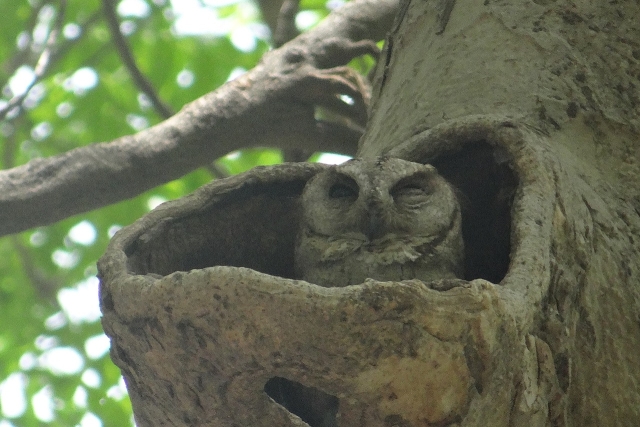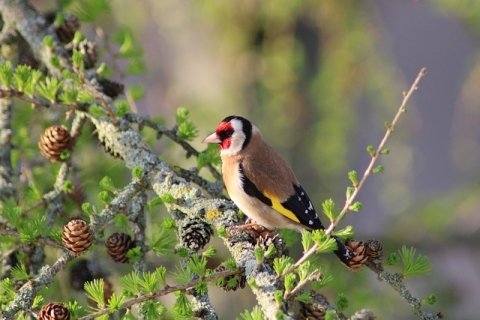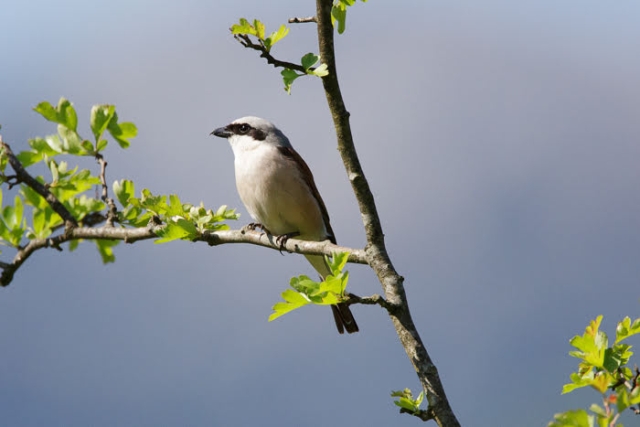Old tree species are well adapted to our climatic conditions. In some cases, they are also more resistant to disease and insect pests. Meadow orchards are home to many birds that nest in or on them.
THE EURASIAN WRYNECK (Jynx torquilla) is our smallest species of woodpecker and the only one that migrates. For successful breeding, it needs suitable trees with hollows and ant hills. It nests in existing hollows, which are found only in older and thicker fruit trees, and feeds its young primarily with ants. The wryneck is one of the few bird species where both the male and female sing.

Source: Pixabay

THE COMMON REDSTART (Phoenicurus phoenicurus) returns from the warm places of Africa in April. It nests in tree hollows, but also in suitable nest boxes. It has become a highly endangered species due to the disappearance of high trunk orchards, the use of pesticides on fruit trees (to kill insects, which are their food) and the degraded African environment where it overwinters. In many parts of Slovenia, the bird has completely disappeared in recent decades.
This species of owl is known to most people as a "čuk". This is EURASIAN SCOPS OWL (Otus scops). It likes warm places, which is why most of Europe's population lives in the Mediterranean. This is is a migratory bird. In may it can be found in meadow orchards and gardens in the countryside. It avoids closed forests, nesting in tree hollows, holes in walls and also in nest boxes. It feeds on larger insects and small vertebrates. It is threatened by the lack of suitable nesting sites and the widespread chemicisation of the environment with artificial fertilisers, pesticides and other toxic substances.

Source: Pixabay

Source: Pixabay
THE EUROPEAN GOLDFINCH (Carduelis carduelis) is a resident bird. In addition to orchards, it inhabits open terrains, parks and gardens covered with trees and shrubs. It builds its nest at the end of the branches of deciduous trees, at least two metres above the ground. It feeds on insects, thistle seeds, small tree seeds and buds. In the winter, it searches for sunflower seeds and millet in the feeder.
Like other shrikes, the RED-BACKED SHRIKE (Lanius collurio) is a carnivore, as indicated by its strong beak with a curved tip. It feeds mainly on larger insects, but also on smaller birds, reptiles and rodents. It is found where meadows, cultivated areas and low shrubs alternate. It is said to be a bird of the cultural landscape. It makes a nest of twigs and roots in thorny shrubs (such as hawthorn or rose hips) and lines it with grass. The Brown Saker migrates to Africa in autumn, returning in May. Its population is declining in numbers, which is why it is included in Natura 2000.

Thank you.

